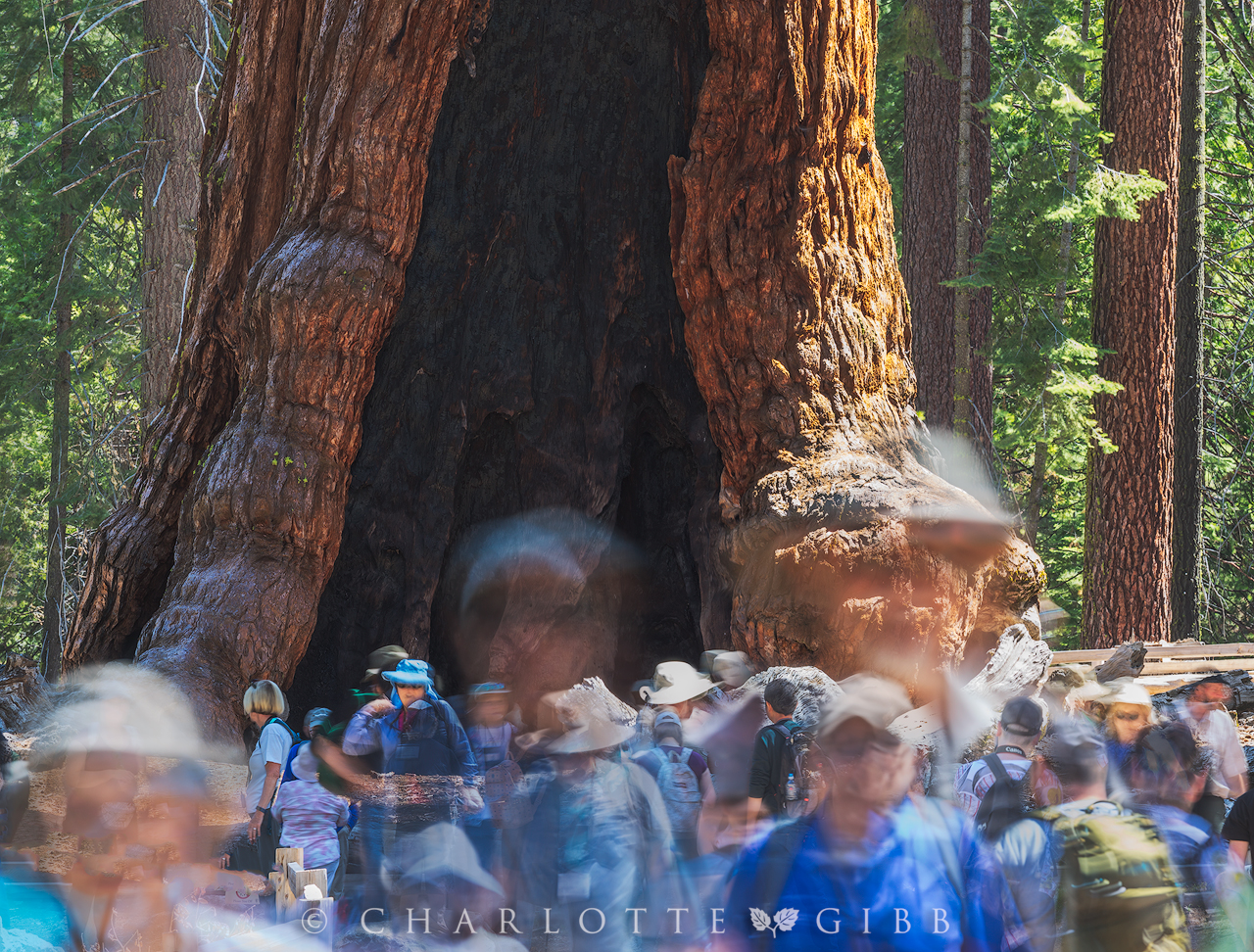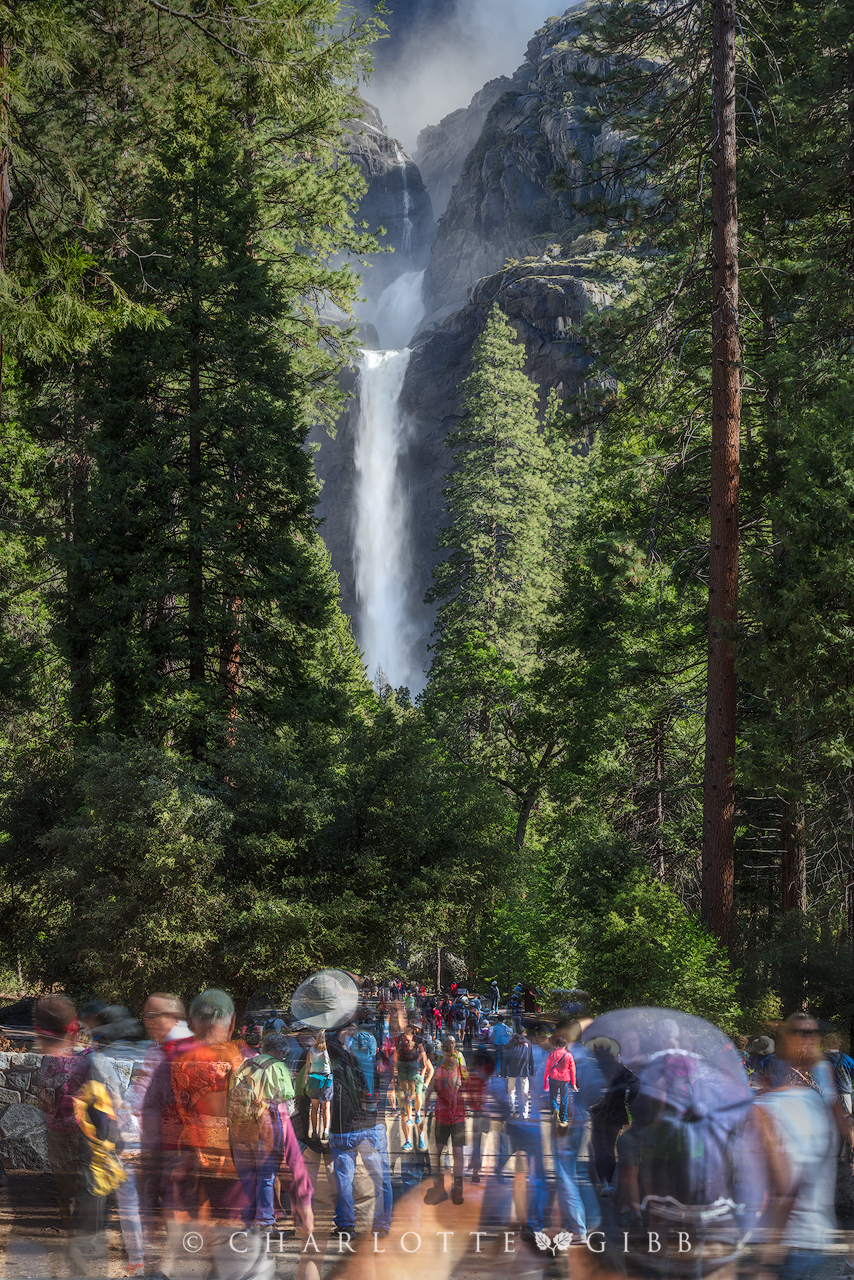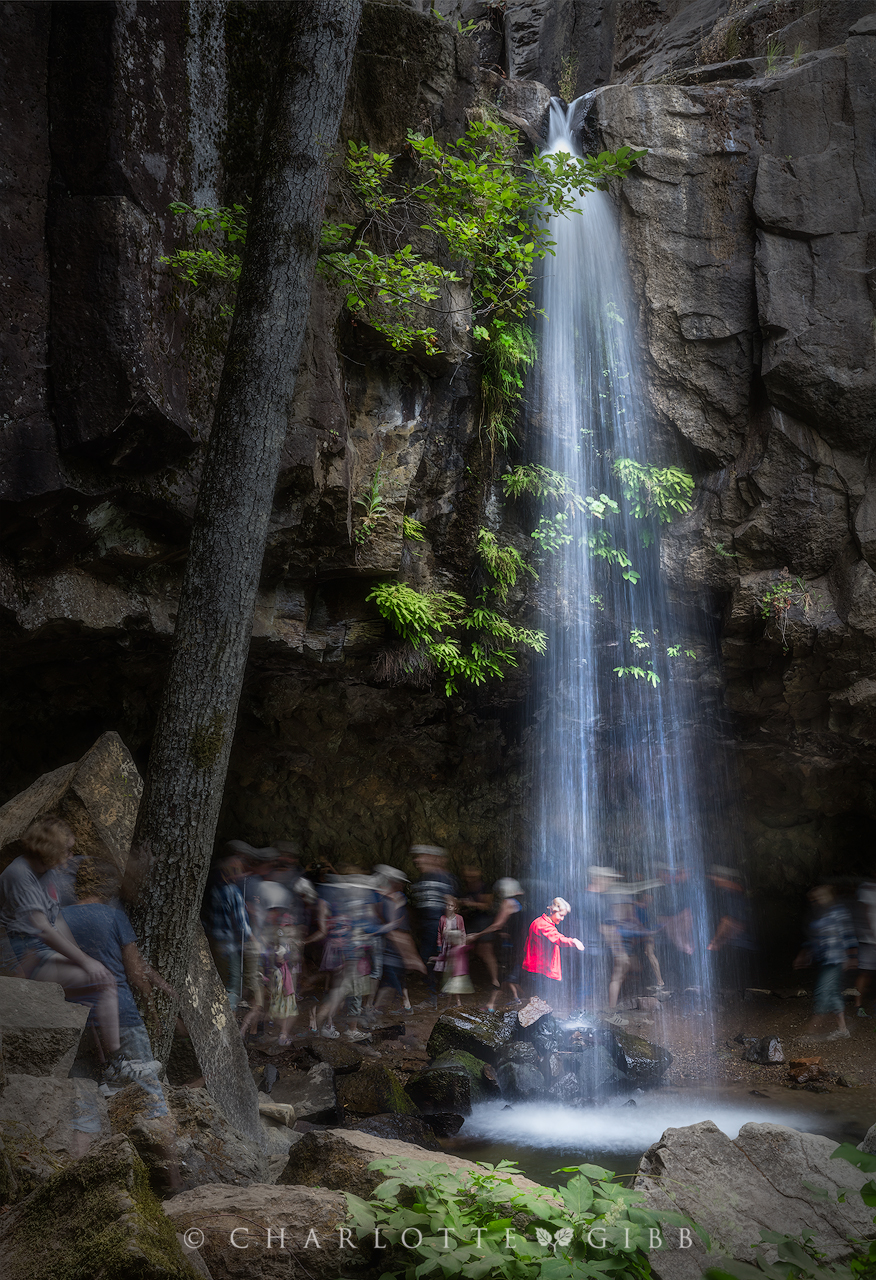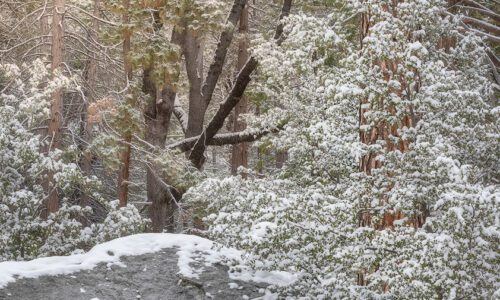
Human/Nature — A photo essay
People love to love nature. We go through great expense and trouble to leave our cities and put ourselves into natural environments where we can enjoy these beautiful places. In this photographic project, “Human/Nature,” I explore the relationship between people and the landscapes we love.
Throughout history, our aesthetic for the landscape has evolved. For example, during the mid-17th century, Europeans considered the wilderness to be ugly and unbridled. Travelers passing through mountainous and untamed landscapes during those times pulled the drapes closed in the carriages so as to not offend their eyes. The most admired landscapes in those times were fertile pastures.
These days, humans are more enamored with the wilderness. Many people treasure these wild places and fight fiercely to protect them. We go on safaris, flock to national parks, and take our children to zoos. However, do we regard ourselves as part of nature, or is nature something to be consumed?
About the photographs
In this photographic series, the landscape remains motionless in relationship to the people buzzing through it. Using some photographic magic, I hold a up mirror so we can see how we look as we interact with the natural places we love. Lines are blurred between human and nature. And, while the landscape is still and unmoving, people appear as ghosts in the scene, as if Mother Nature knows that our place here on this planet is transient.
I made the first three photographs in Yosemite National Park, one of the most popular parks in the USA. People travel from around the globe to see this breathtakingly beautiful place. Yet, most visitors rarely stray far from the pavement.
In the fourth photograph, made at a lesser known Northern California waterfall, a woman pauses momentarily to touch the cool water falling from high above — an intimate connection with nature is made.
About the prints
These prints are available as limited editions, carefully crafted one-by-one in my studio and shipped directly to you from me. They are made using the finest archival materials available, and rated to last 250 years if stored under glass and out of direct sunlight. You can see purchasing options on my website, https://www.charlottegibb.com/human-nature.



charlottegibb
Charlotte Gibb is a contemporary fine art photographer based in the San Francisco Bay Area specializing in landscapes of the Western United States. Her images are often taken in familiar places for the well-versed landscape photographer, but she prides herself on her keen eye toward the subtle and sometimes overlooked beauty of the natural world. Growing up among the beautiful mountains of Northern California, she considers herself a student of life, learning about people, nature, music, and photography along the way. But always, her life-long passion for the wilderness shines through it all. Charlotte earned her Bachelor of Arts degree from the Academy of Art University in San Francisco and has exhibited her work in several solo shows throughout California. Her darkroom, long gone now, has been replaced with digital darkroom tools, and her style has evolved from a somewhat journalistic approach, to one that pays tribute to the natural world.





4 Comments
Matt Payne
Charlotte, I love this series. I want to see many many more. I also love the idea of this series as a way to shed light on your question you posed relating to our relationship with the wilderness. I think it is unfortunate that many people now see it as something to be consumed, but I guess its hard to expect less in our current economic culture.
charlottegibb
I struggle with this concept, Matt. I realize that I am also part of the problem. As a photographer, am I not also “consuming” the landscape in a way? Isn’t it interesting now, as we all collectively sit at home to “shelter in place,” that the planet is starting to have cleaner air and water? It is as if the Earth is getting a much needed breather.
Anonymous
The saddest thing is, people cannot have a relationship with wilderness while present in quantity. An essential aspect of wilderness is the absence of people; therefore I think wilderness can only be experienced by a person when that person is alone. This is now very very difficult to achieve.
charlottegibb
So very true. There are just too many of us on this planet.